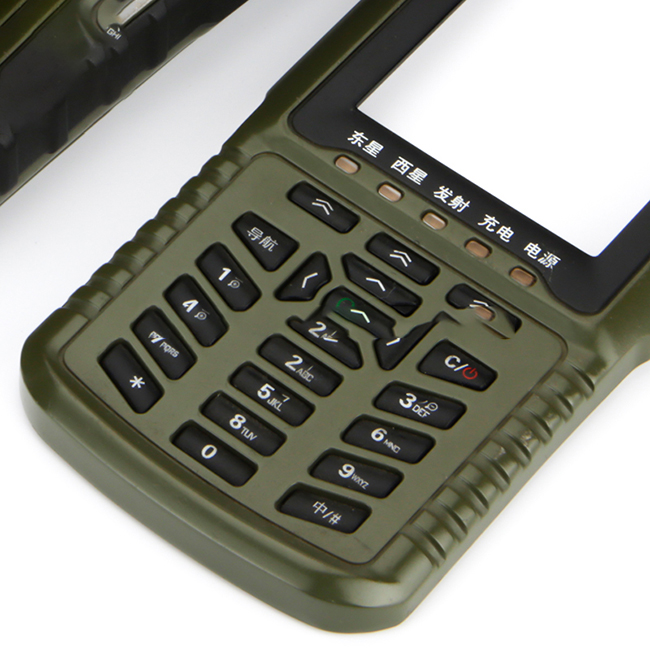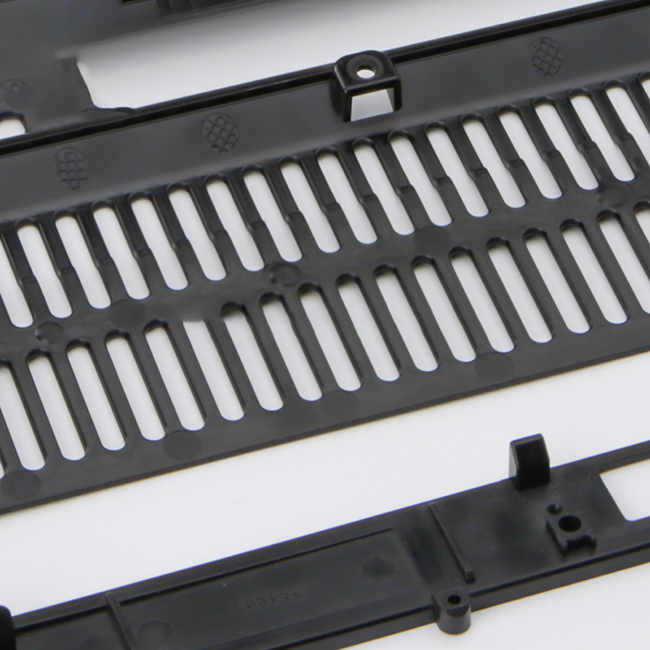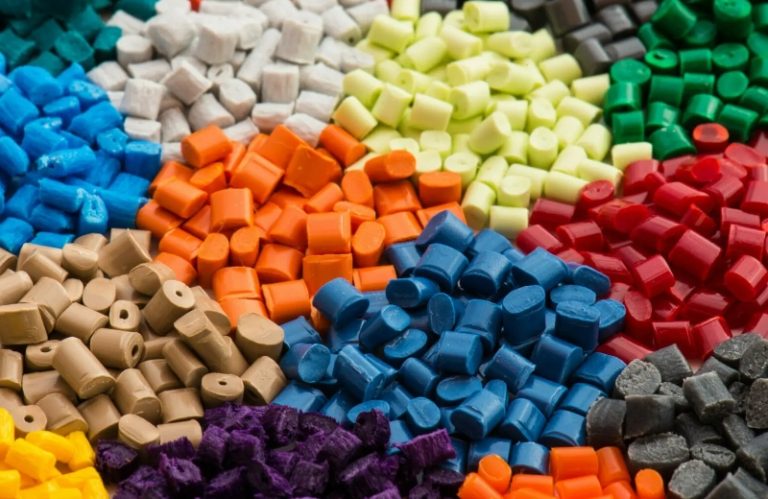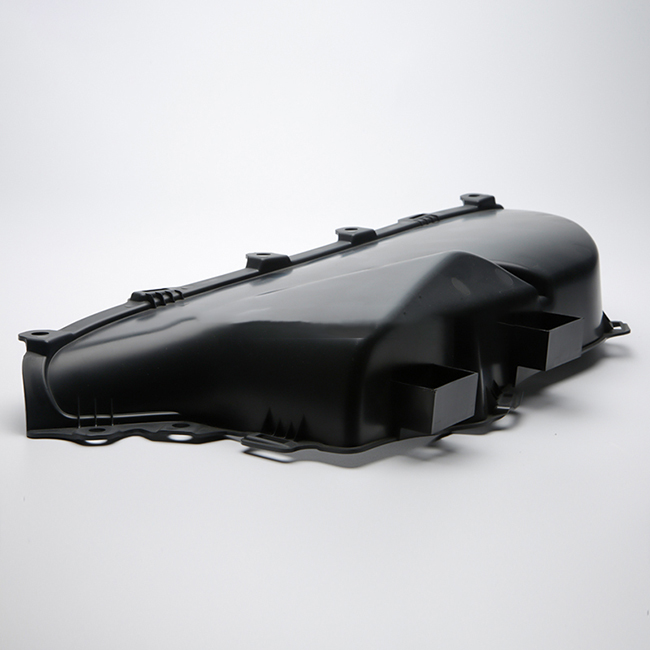Model Rapid Tooling:
- Materials Used: Common materials for creating tools in model rapid tooling include silicone, epoxy, or even metal inserts that can be machined or cast around a prototype.
- Workflow: The workflow typically involves taking a prototype or model (which could be 3D printed or machined) and using it directly to form the tooling. For instance, if you have a 3D printed prototype of a part, you might use it to create a mold for casting or molding processes.
- Industries: Model rapid tooling is widely used in industries such as consumer electronics, automotive, and medical devices, where there’s a need for rapid iteration and production of prototypes or small batches of parts. It’s beneficial in scenarios where design changes are frequent and speed to market is critical.

Prototype Rapid Tooling:
- Materials Used: The materials for prototype rapid tooling can include thermoplastics, aluminum, or steel, depending on the expected lifespan and volume requirements of the prototype molds.
- Workflow: In prototype rapid tooling, the emphasis is on using rapid prototyping techniques like 3D printing or CNC machining to quickly produce molds or tools. These tools are then used to produce prototype parts for testing, validation, or presentation purposes.
- Industries: Prototype rapid tooling is particularly valuable in industries like aerospace, consumer goods, and industrial equipment, where rapid prototyping is crucial for validating designs, conducting functional testing, and iterating on product concepts before investing in full-scale production tooling.
Comparison:
- Cost: Model rapid tooling tends to be more cost-effective for small quantities or prototypes due to simpler tooling processes. Prototype rapid tooling may involve slightly higher costs upfront due to the precision and durability required for prototyping purposes.
- Speed: Both methods are significantly faster than traditional tooling approaches. Model rapid tooling is exceptionally fast when using existing prototypes, while prototype rapid tooling leverages rapid prototyping technologies to accelerate mold production.
- Flexibility: Model rapid tooling offers flexibility in adapting to design changes quickly since modifications to the prototype can directly influence the tooling. Prototype rapid tooling allows for testing and refining designs with accurate prototype parts before committing to final tooling.






